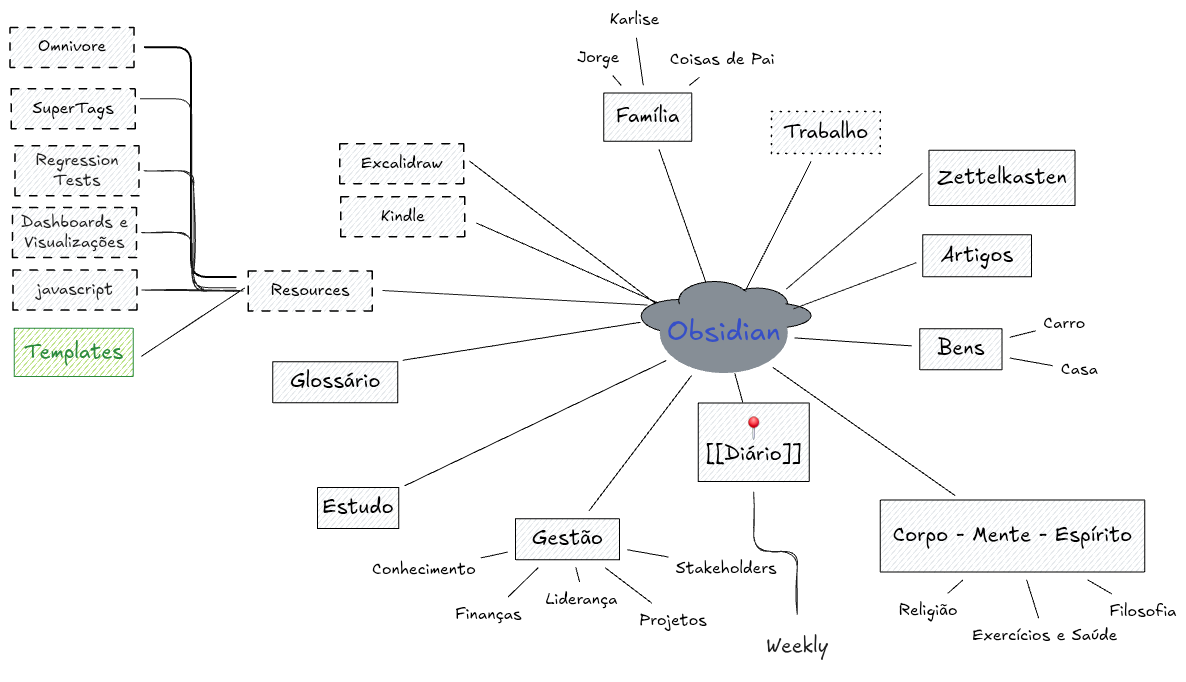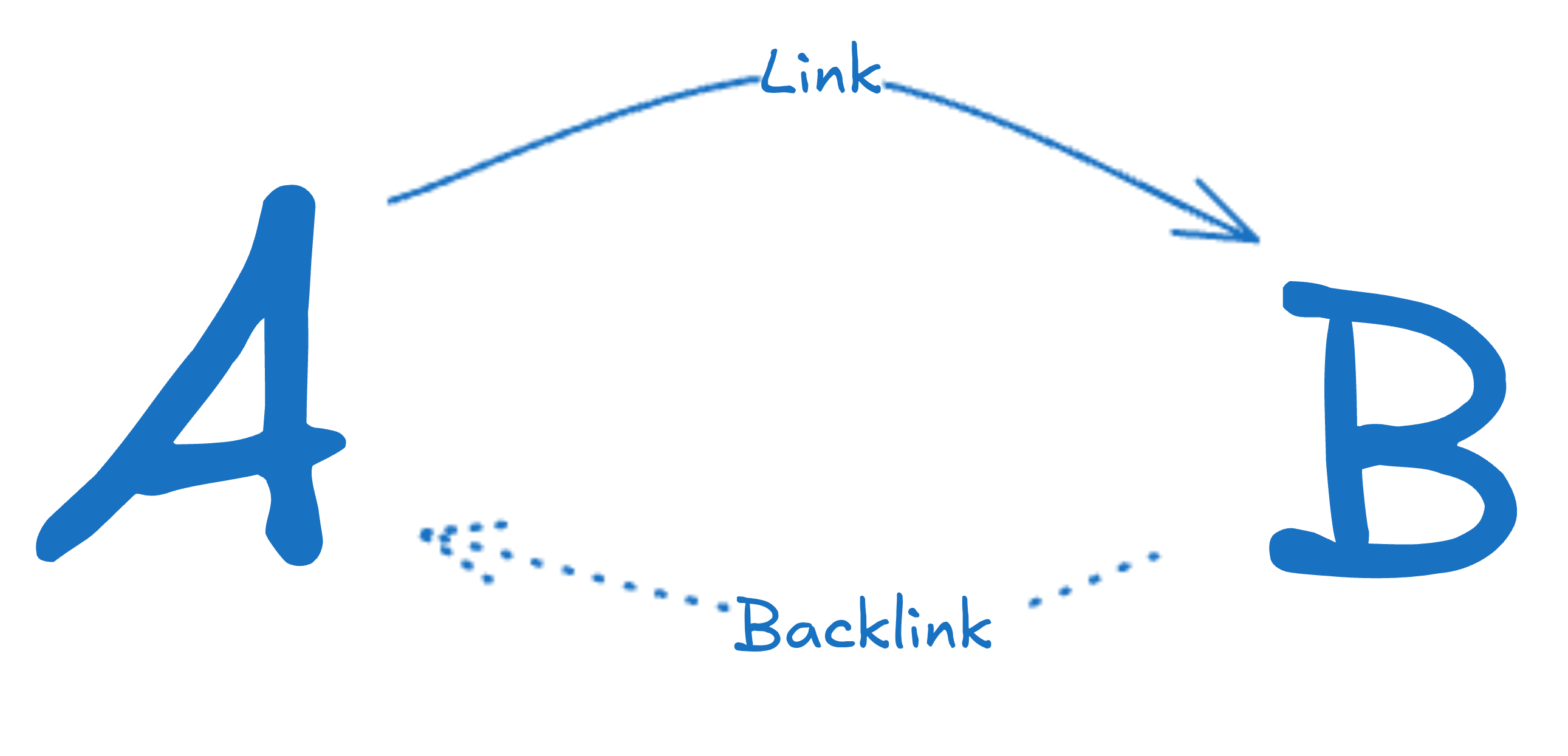Connecting information and notes

Obsidian can connect notes by using tags, folders, or links. Below I explain how I use these three methods and how I see them in regard to usability. Some methods provide more relevant / strong connections than other methods, but all three are useful.
Tags
This is the loosest connection. Tags can be used for generic things, topics, or note status (todo, done, forwarded, inprogress, etc.).
Don't overthink them as you can create properties for things like note type, categories, etc.
Tags are what you usually use on social network to bind your posts together: “what is everything I posted with #fun?” — this is a tag. It is a box where you throw things inside of it and when you want something you get the whole box and start looking at things one by one to find what you need.
There's no relationship between notes besides having the same tag. It has no additional context, no extra information on why these notes have that connection.
A note can have as many tags as required and these can be part of your note text or be part of the note frontmatter.
It is important to know that tags are not specific to text blocks: they always apply in the context of the entire note. For example, if you filter with tags, you'll get a reference to the note that contains the tag and not to the specific block that has it. (To go to specific blocks, you can link to them, as explained in Obsidian's official documentation.)
One interesting plugin to help with tags is the Tag Wrangler community plugin. It is worth checking it out.
Also check Why nested tags are not that good, for an opinion about using nested — or hierarchical — tags in your notes.
Folders
Folders connect your notes per similarity. It is a medium connection because each note only lives in one group.
Folders are usually related to something specific such as your family, a school subject or a project. They should be applied as context and not only as some kind of hierarchy.
Think of folders as the shelters in a library: all books there don't say the same thing, but have things in common to guarantee that they're placed together.
Folders create some hierarchical connections as well.

Different from tags, a note can only live in a single folder. As those two aren't mutually exclusive, they can be combined to provide more complex information such as the grouping provided by folders and using tags for status in a project note.
Links
These are the strongest connection between notes because it is what provides more context about why the notes are connected.
Linking notes creates hierarchical or lateral connections between your notes. (See this idea compass + Excalibrain video for how to visualize these connections.)
You can develop the linking process via Semantic linking, where linked notes have relationships between them and these can be documented boa properties or as part of the link itself.
In Obsidian (and some other tools), linking from A to B will let B automatically knows A mentioned it and will show you that. Obsidian uses the backlinks core plugin for that visualization, but the feature is inherent to the tool and even if you don't see it, it is there.

There are common Patterns to make linking easier, leveraging on them and specially linking the ideas in the note, will make them more useful and increase their value.
Links and properties
By using links and note properties it is possible to generate more complex relationships and hierarchies.
With the right taxonomy, one can represent that a note links to another note in a supporting relationship, i.e., the other note supports the contents of the current note. The same can be done for an opposing relationship, where the other note opposes to the arguments on the current note.
Properties can also represent hierarchies, where one note is a parent to a child note in the sense that the ideas from the parent note gave origin to the child note. This can be seen at Semantic linking.
Summary
Imagine you entered that library from above willing to know about rocks (maybe a tag or a category in a note? Depends on you…). You get to the shelter about geology (folder), and grab a book. If that book cites another book, it is a link.
Another example is Wikipedia. Tags provide status (needs review, in progress, etc.). Folders are like the subjects. And links are the actual links from one note to the other.